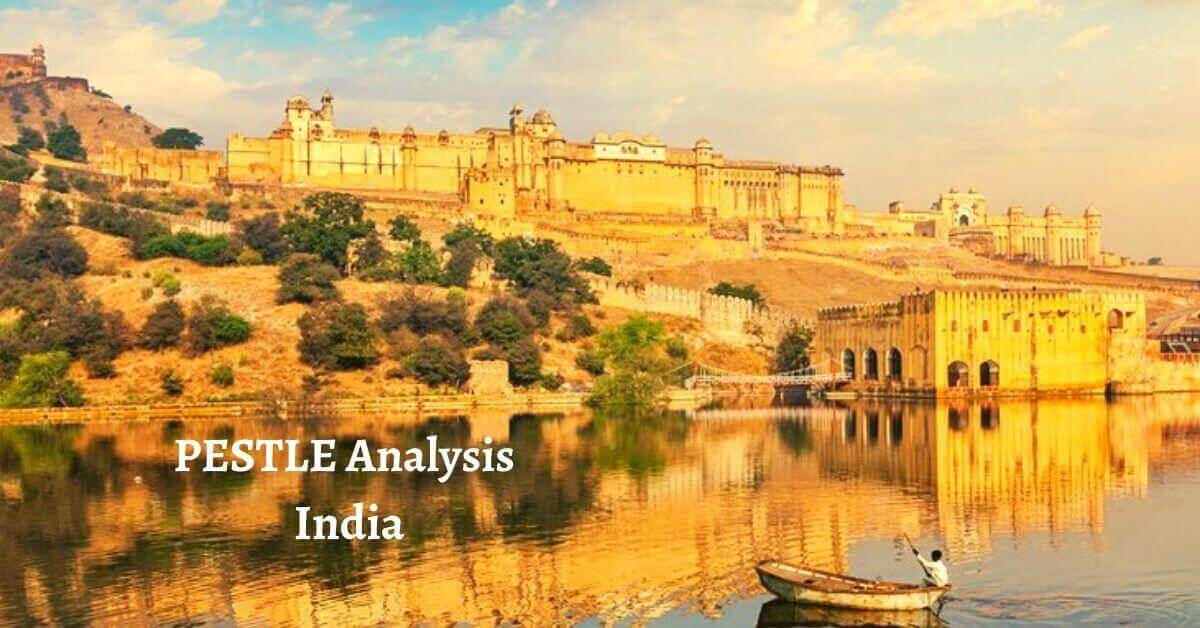Pestle analysis of Mexico. The United Mexican States is a North American country situated on the southern side of North America. The country shares the border with the Gulf of Mexico, Caribbean Sea, Belize, Guatemala, Pacific Ocean, and the USA. Mexico City is the capital of the country.
Mexico has a total area of 761,610 square miles, and it’s the 13th world’s largest country. Approximately 126,014,024 people are populating the country, and it’s the 10th world’s most populated country. Mexico City is one of the world’s largest cities, and Mexico is the 2nd most populous country in Latin America.
Mexico has a long history dating back to 8000 BC and the region had been home to various ancient civilizations like Aztecs, Maya, and Mesoamericans. Spanish empire colonized the country in the 16th century, and named the colony “New Spain.” The purpose was to exploit the natural resources and enrich the Spanish Empire. The country finally achieved independence in 1821 through the Mexican War of Independence.
Today, we’ll discuss the pestle analysis of Mexico. It would analyze the macro-environmental factors impacting the world’s leading developing country. Here’s the pestle analysis of Mexico as follows;
Political factors impacting Mexico
Government System
Mexico follows the presidential democratic system of government and administration. The country comprises 31 states. However, President is the commander in chief of the Armed Forces, head of the government, and head of the state. The popular vote elects the president for six years once in a lifetime. The Mexican constitution doesn’t the president to come to power again.
Alliances
Mexico has membership and alliances with the world’s institutions like Pacific Alliance Trade Bloc, Uniting for Consensus Group, the G20, G8+5, WTO, UN, and NAFTA Agreement with the US and Canada. However, many experts predict that Mexico has more growth potential in the region than Brazil.
Diplomatic Relations
Mexico holds a significant influence and power in the region and also in global affairs. The country plans to become a global power by the end of 2050. However, the country has established very good diplomatic relations with various countries of the world. Most importantly, it has always maintained a neutral position in the internal conflicts throughout the country’s history.
Corruption
Mexico is facing a severe challenge of corruption. It has infiltrated in government, non-government, political, police, judiciary, and many other departments of the country. Bribery and misuse of power and authority is an ordinary thing in the country. Now, corruption has become a severe hurdle in a country’s economic growth.
Economical factors affecting Mexico
GDP
According to an estimate, the annual nominal GDP of Mexico in 2020 was 1.322 trillion US dollars, and it’s 15th world’s highest. Out of which, the per capita income of the country was 10,405 dollars, and it’s 64th world’s highest.
Imports & Exports
Mexico’s main exports are crude petroleum, computers, delivery trucks, spare parts of vehicles, and cars. The country exports it to Japan, Germany, China, Canada, and the USA.
However, Mexico’s top imports are petroleum gas, computers, cars, refined petroleum, and spare parts of vehicles. She imports it from South Korea, Japan, Germany, China, and the USA.
FDI
Mexico is a member of the MINT Group and it comprises Mexico, Indonesia, Nigeria, and Turkey. The purpose of the MINT organization is to increase economic development and growth and foreign investment. According to an estimate, the foreign direct investment of Mexico in 2020 was 23.5 billion dollars.
Taxes & Unemployment
According to an estimate, Mexico has a tax rate that varies from 1.92% to 35% in 2020. 16% is the tax rate for VAT, and 11% is the border tax rate. However, the country has an unemployment rate of 3.65% in 2020.
Social factors affecting Mexico
Demography
Mexico has a diverse social system and it comprises richness, poverty, urbanization, and natural beauty at the same time. Approximately more than 126 million people are populating the country. Spanish is the national language of Mexico and Christianity is the majority religion.
It’s worth mentioning it here that Mexico is the most affordable country in the region and the food prices are very low even in Mexico City. However, the average life of men and women is 75 and 80 years old.
Social Challenges
Mexico is also facing some social challenges like the gap between rich and poor is higher more than ever. Many ordinary people desire to become rich. According to an estimate, 53% of the country’s population is living under the poverty line.
Political violence has killed thousands of people in the past few years. The increasing poverty and violence force people to risk their life and illegally cross the US border.
Values & Trends
Despite social challenges, Mexico has a socio-cultural system. People believe in family values and family is the most aspect of their lives. Mexican cuisine is very popular in many cities across the world. Football is the most popular sport in the country and Mexican football is one of the world’s best teams.
Technological factors impacting Mexico
Tech Growth
Many research and development facilities have open in the Mexican second-largest city, Guadalajara, in recent years. It has attracted the attention of tech giant companies like Facebook, Google, Amazon, Uber, and many others. Mexican Congress has passed a bill in 2018, and it decided to remove all the barriers on way to cryptocurrency, crowdfunding, and digital technology. The government is seriously committed to adopting technology.
Legal factors affecting Mexico
Regulations
Mexican judicial system is independent and free. It treats everyone the same regardless of their background. The corruption has tarnished the reputation of the country’s judiciary. However, Mexican labor law protects the rights of employees. It’s necessary for the employer to draw an employment contract before hiring any employee. The employees have a right to maternity leaves and annual holidays. The law prohibits discrimination of any sex, race, religion, caste, ethnicity, social, or cultural background.
Environmental factors affecting Mexico
Environmental Challenges
Mexico is facing environmental issues like loss of freshwater, toxic waste, water pollution, and air pollution. In fact, Mexico City announced a state of emergency in 2019 and ordered people to stay indoors due to air pollution.
Tourism Industry
Mexico falls under the category of the world’s most beautiful countries. Its historical sites, landscape, desserts, the sea of Cortez, cenotes and underground river, whale sharks, monarch butterfly reserve, Mesoamerican barrier reef, sumidero Canyon, Copper Canyon, and beaches attract the attention of tourists and promote her tourism industry.
Conclusion: Mexico Pestle Analysis Example Country
After a careful study of the pestle analysis of Mexico, we’ve concluded that Mexico is indeed the world’s leading developing Latin American country. Environmental issues, corruption, and a high poverty rate are some of the main challenges. Mexico should utilize its resources to bridge the gap between the rich and poor class and reduce the poverty level; external political, economical, social, technological, legal, and environmental factors impacting the country.

Ahsan Ali Shaw is an accomplished Business Writer, Analyst, and Public Speaker. Other than that, he’s a fun loving person.


